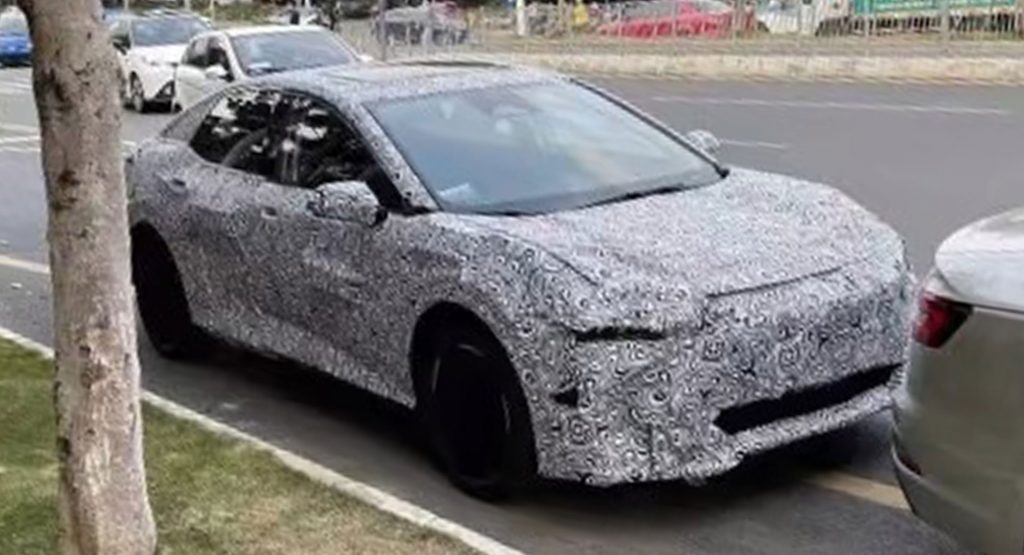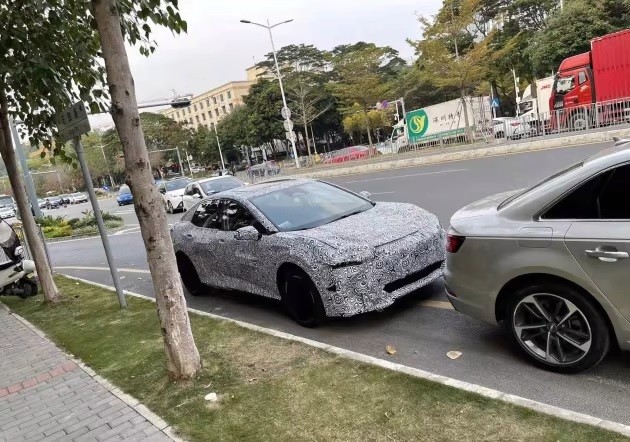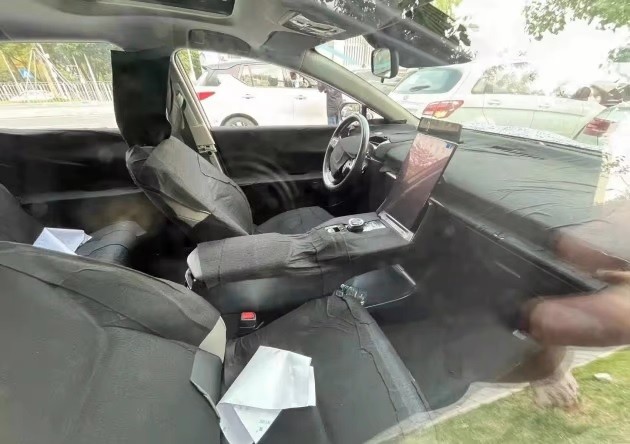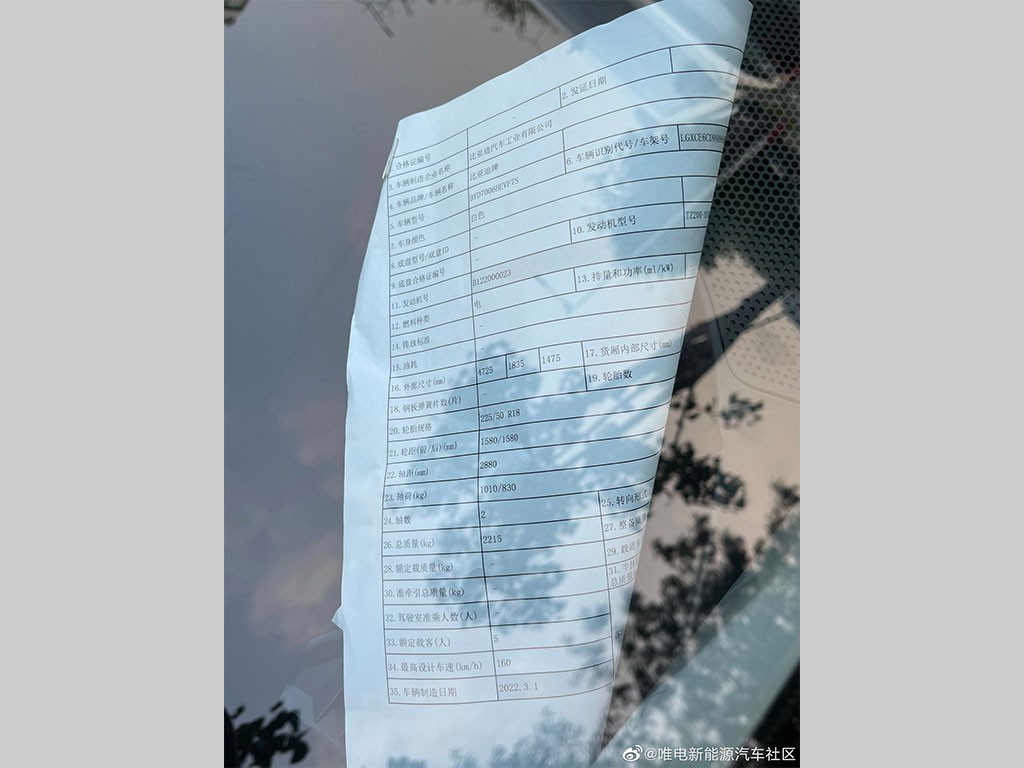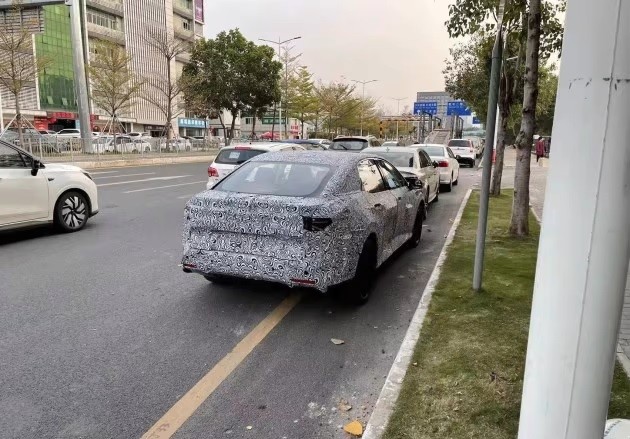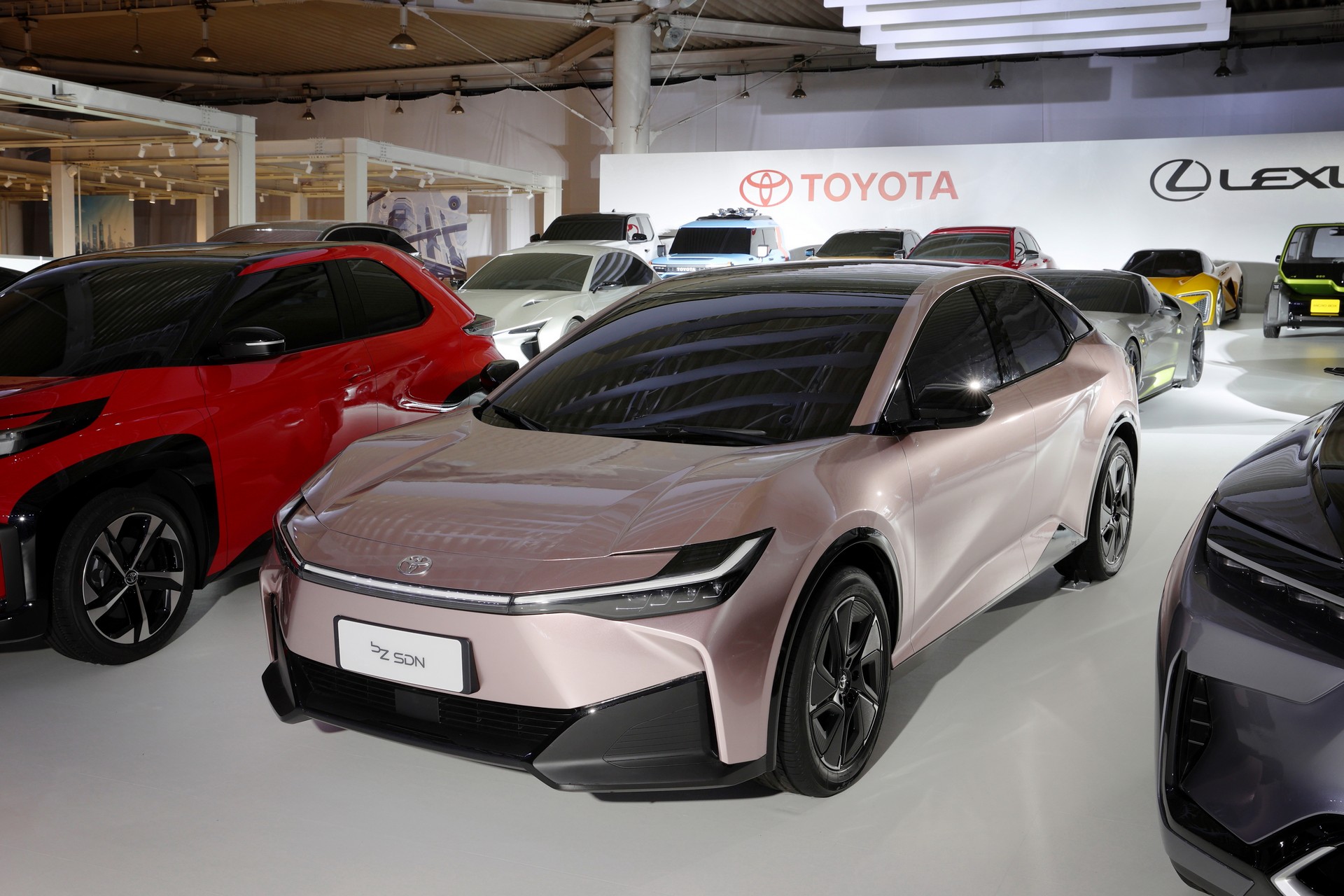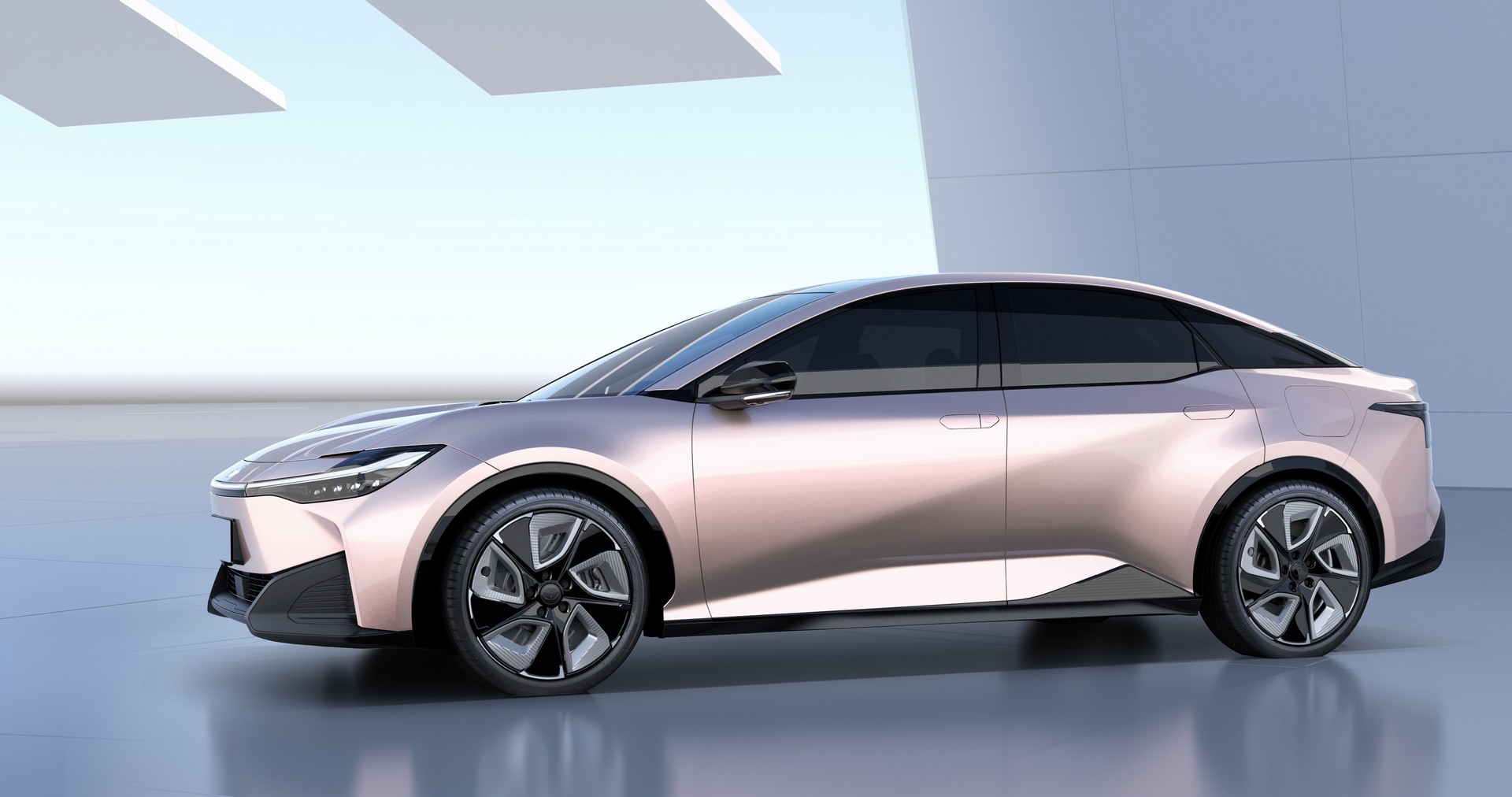Toyota and Lexus introduced a slew of electric vehicle concepts last year, and now we’re apparently getting our first look at the production version of the bZ SDN.
Noticed by a member of the bZForums, this heavily camouflaged prototype was spied in China and shares a number of similarities to the bZ SDN concept.
While the pictures aren’t the best, the prototype has a beltline that appears to be identical to the concept. We can also see familiar bodywork and rear quarter glass.
Also Read: Toyota And Lexus Unveil 15 New Electric Concepts, Including Baby FJ Cruiser And A Bunch Of Coupes
The front end is heavily disguised, but the model appears to have a protruding nose that is flanked by slender lighting units. We can also see a wide lower intake and pronounced wheel arches.
The rear is relatively plain, but we can see a blocky trunk and a bumper that lacks exhaust cutouts. They’re joined by taillights that appear similar to those seen on the concept.
More interestingly, the photos give us our first glimpse of the interior. While the cabin is largely covered, it follows in the footsteps of the bZ4X by adopting a minimalist dashboard, a floating center console, and a floating infotainment system. We can also see a digital instrument cluster and a rotary controller.
Toyota hasn’t said much about the bZ SDN, but has previously stated the concept is a “midsize sedan that meets customers’ expectations for a first car.” That isn’t much to go on, but a spec sheet was placed on the windshield and Autohome says it revealed the model measures 186 inches (4725 mm) long, 72.2 inches (1835 mm) wide, and 58 inches (1475 mm) tall with a wheelbase that spans 113.4 inches (2880 mm). Assuming those numbers are correct, the BZ SDN would be 6.1 inches (155 mm) shorter than the Camry but have a 2.2 inch (56 mm) longer wheelbase.
The spec sheet also said the vehicle was made by BYD. While this sounds unusual, the companies have a joint venture known as BYD Toyota EV Technology and officials have previously said it aims to “develop BEVs that are superior in performance and meet the needs of customers in China by merging the two companies’ strengths.”
Judging by previous reports, the bZ SDN might be introduced later this year and be exclusive to China. It may also use BYD’s LFP Blade lithium-iron-phosphate battery technology.








